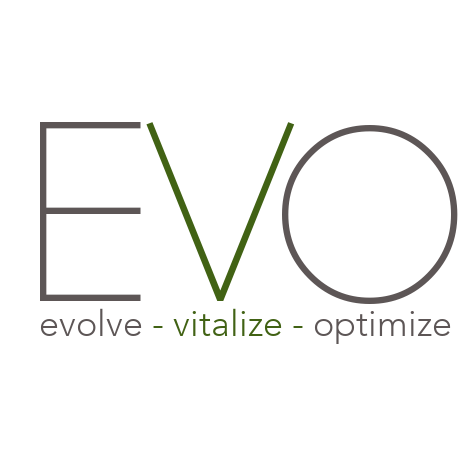PIVIT
Pulsatile Intravenous Insulin Therapy (PIVIT) is a form of Metabolic Activation Therapy. It utilizes pulsed insulin doses, balanced by glucose, to activate the metabolism. The protocol helps to retrain the signaling and communication of pancreas and liver and restore metabolic function. Ideal for patients with diabetes and its complications, metabolic syndrom and chronic inflammatory disease.

